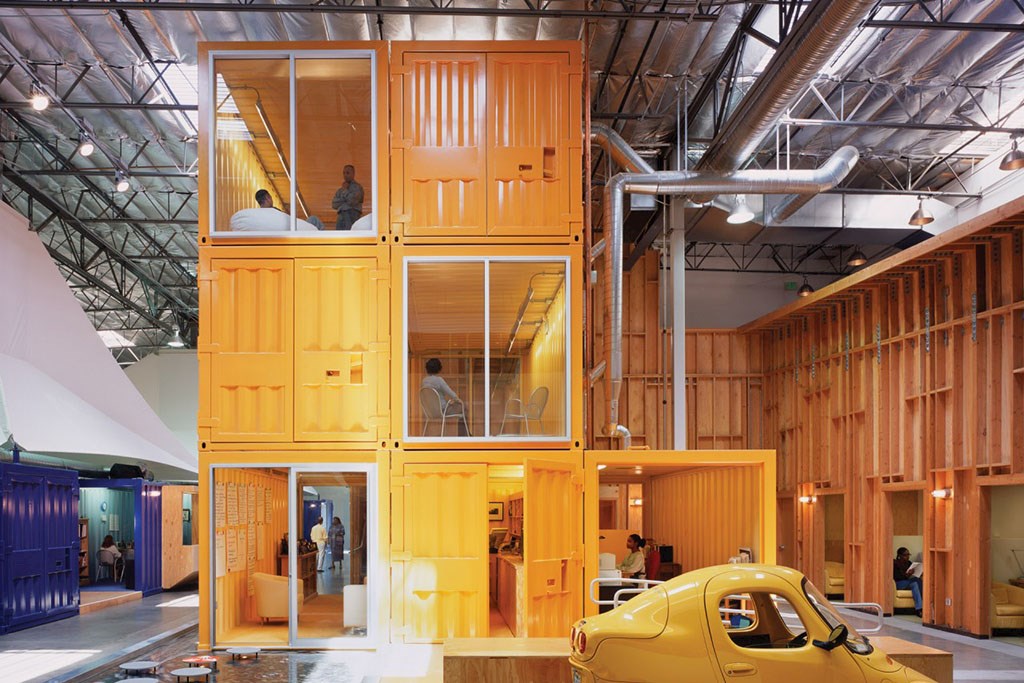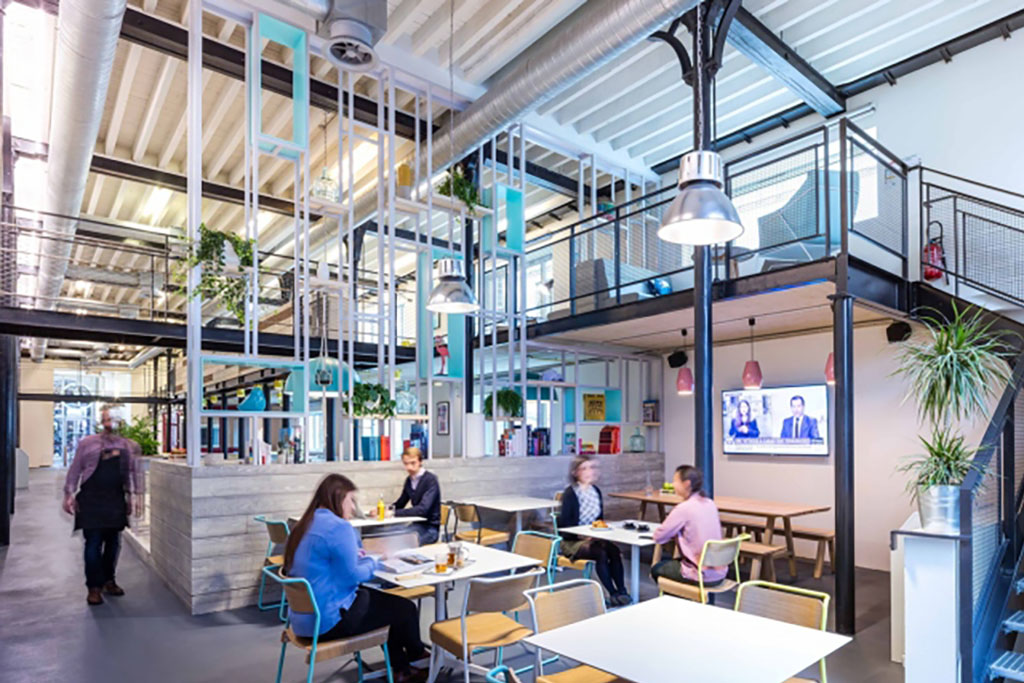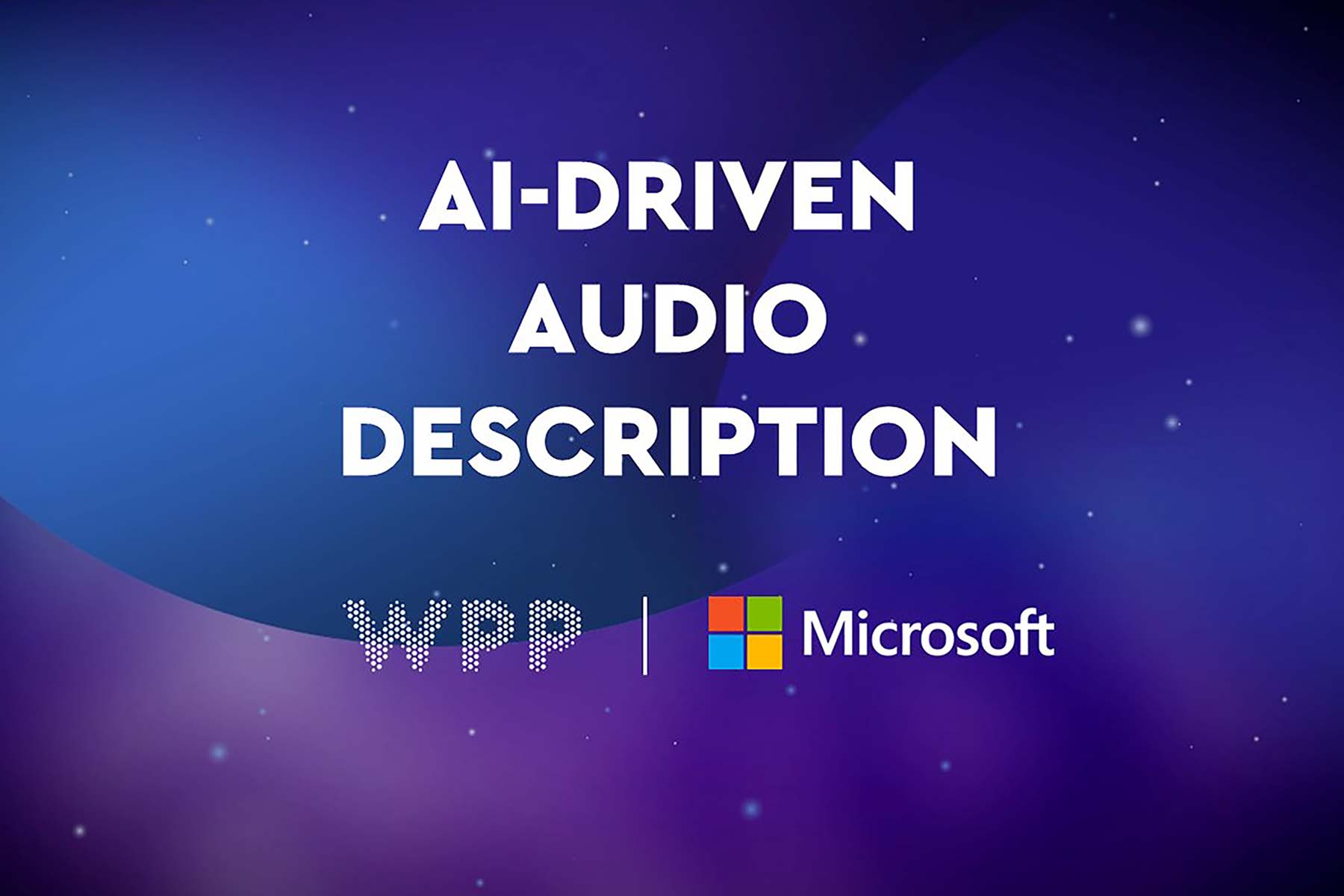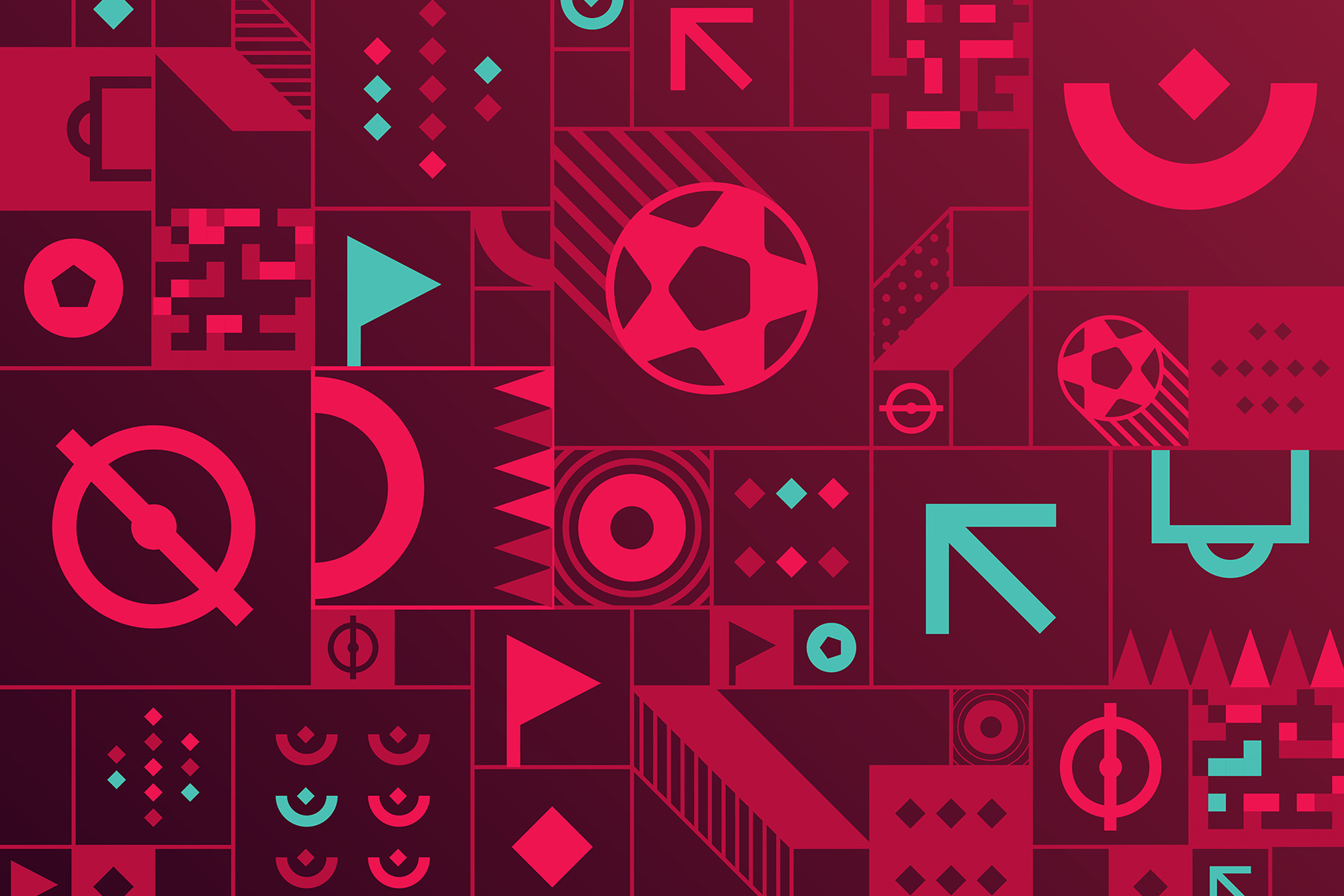
Is your workplace your flagship?
How Microsoft’s new Asia Pacific HQ was designed around experience
For decades, office design was focused on productivity and functionality. It was a straightforward transaction: employees performed duties and were paid in return. Over time, office design became a little more adventurous. It evolved from organic groupings to cubicles to the trend for open-plan spaces.
Now the workplace is undergoing its most dramatic evolution to date, driven by two factors. Employees are vocal on the kind of workplace environments they need to produce their best work and that are in tune with their working style; while progressive businesses understand the need for a satisfying workplace experience for their teams.
A workplace experience that is meaningful, engaging, and offers purpose will foster employees that are passionate, innovative and committed.
Bringing such an ambitious vision to life requires workspace design – not to be confused with office design. The latter is essential and governs layout, headcount, resources and utilities, but workspace design is a discipline and mindset that connects office design to the brand. It dictates the journey, the overall experience and ensures that the brand’s values and function are reflected in the physical (and digital) space. Much like retail.
Workplace design governs the function of individual rooms, zones and the office as a whole, knitting together workplace culture, brand values and people’s needs (both the workforce’s and visitors’).
The evolution of workspace design into a function which is essential to all businesses can be linked to four factors:
- The erosion of barriers between the professional and personal. The way people work is changing, be it the location, hours spent, or tools used. Professional doesn’t have to mean corporate; engagement isn’t superficial and business cultures and values are adjusting and expanding to accommodate this.
- Talent is a precious resource. Companies are battling to attract and retain the best. The enticements are now more than monetary: employees want a place where they feel they can belong, make their voice heard, and where they can express themselves though their work. Increasingly, businesses are selling culture, which is built on the workforce. Companies need to invest in how employees work and how they feel.
- Behind the scenes is the new scene. Traditional sector barriers are breaking down, offices are hosting shops, shops are hosting workshops, and customers are being invited to get closer to brands and see how products are made. Greater transparency gives customers access to what was previously hidden from view.
- Employees are the brand experience. They provide ever more opportunities to bring the brand to life, both in terms of how they look and act, their advocacy, and the experience they deliver.
The need to knit the physical, human and digital elements of the workplace together is now an essential rather than a nice-to-have. A building is more than bricks and mortar: it’s a place of engagement for present and future employees, investors and customers.
FITCH has spent many years helping brands to develop their own distinctive experiences. Our deep understanding of the customer experience came into play when we worked on the brief to design Microsoft’s new Asia Pacific HQ in Singapore.
We have a matrix of codified experiences – a bundle of symbols, language and behaviours that a brand can use to create a certain type of impact on a human being – and we drew on these for Microsoft’s brief. Particularly relevant themes included:
- Campfire – a place that actively brings people together to create a sense of community
- Boudoir – a space where employees feel recognised as individuals
- Shrine – for visitors and employees to feel a sense of pride as they come to the office
- The Lab – uses of technology that help people explore their options

There were specific contextual factors to consider as well: the rise in Asia of smart, 5G-connected cities, with Singapore being a prime example; and the younger workforce, completely at home with technology, demanding an environment that meets them on their terms.
The beating heart of Microsoft’s workplace design
Socialisation: to promote socialisation for Microsoft’s HQ, we designed a Growth Core – a digital and content wall that runs through the building and connects the entire space. It brings people and space together for a sense of community, allowing communication and collaboration about everything from new employees to global developments. Technology is at the heart of Microsoft’s product suite, as well as its employees’ lives, and needed to be front and centre.
Digitisation: extraordinary Microsoft technology such as HoloLens is demolishing gaps between the physical and digital. It made sense that the company’s workspace should do the same. The office consists of six floors, two of which are focused on customer and partner experience. We envisioned a space where visitors’ experience can be curated by HoloLens, providing personalised knowledge about the space around them and guiding them to their meetings.
Personalisation: today’s employees want their office to provide the quality of experience they enjoy outside the workspace. We know this from our work on projects such as Starbucks Reserve, Allgood, and Sprouts Farmers Market. So our approach to hospitality at Microsoft was more Singapore “local café” than standard corporate food and beverage.
Humanisation: we consider spatial design as both physical and digital space. Think of the retail spaces that consumers love to connect to their personal devices. These also bring data to life in visual and meaningful ways. Such spaces also have an online presence. By treating a workplace in the same way, we give employees and visitors a truly immersive experience.
This flagship project, designed around experience, makes a statement about Microsoft’s vision. As Microsoft’s Moira Boullé explained at the Corenet Global Summit, “We ground our culture in growth mindset, focused on being customer-obsessed, diverse and inclusive, an approach we call One Microsoft… We need to provide the tools where they can come together collectively with customers and partners to collaborate, ideate, co-create and share.”
Now’s the time to look around your own office and ask yourself what experience it provides, how that relates to your life and most importantly, does it bring you closer to your customers?
published on
26 November 2019
Category
More in Experience

Let’s add audio for visually impaired audiences
How to make advertising more accessible for visually impaired audiences

The Future 100: wellbeing, humanity, emotion and tech
This annual trend spotter – by WPP’s VML – gives us the context for the new normal for marketing in 2024.

Activating sports events – the ultimate balancing act
WPP Sports Practice takes a look at the art of timing for sports event activation

